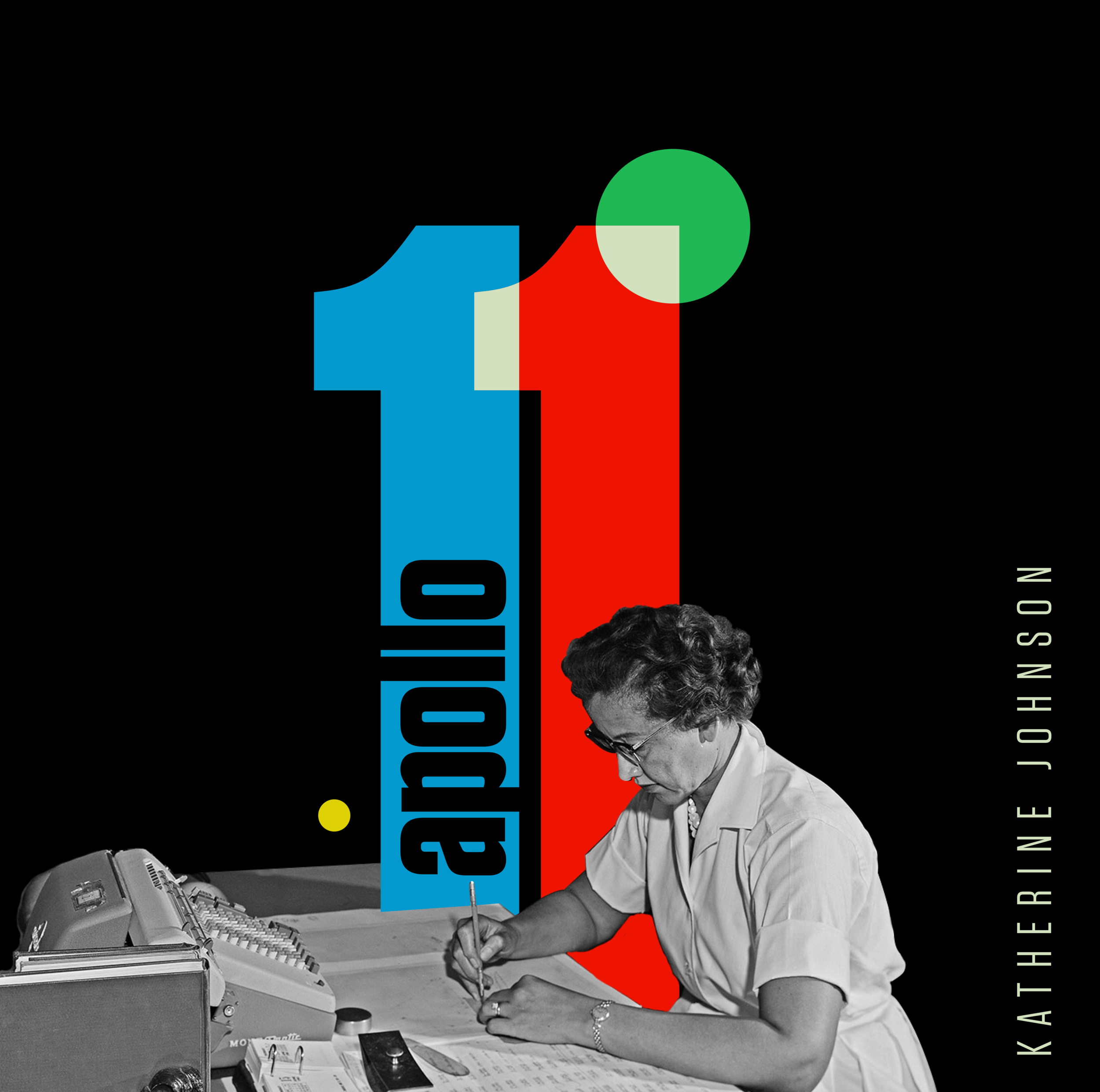
Katherine Johnson
A girl who loved to count who became the woman who sent a man to the moon

2/40
Katherine Johnson led an extraordinary life. Born in 1918 in White Sulpher Springs, West Virginia, she grew up grades ahead of her peers in school. She excelled in mathematics in college and graduated with the highest honors in 1937, taking a job teaching at a black public school in Virginia afterward. When West Virginia finally decided to quietly desegregate its schools, she was one of three black students to integrate West Virginia’s graduate schools. She enrolled in the graduate mathematics program at West Virginia University.
In 1952, a relative told her about open positions at the all-black West Area Computing section at the National Advisory Committee for Aeronautics’ (NACA’s) Langley laboratory Led by Dorothy Vaughn. NACA soon became NASA after the 1957 launch of the Soviet satellite Sputnik. At NASA, Katherine did trajectory analysis for Alan Shepard’s May 1961 mission Freedom 7, America’s first human spaceflight. In 1960, she made history as the first woman in the Flight Research Division that had received credit as an author of a research report. The report, coauthored with Ted Skopinski laid out the equations describing an orbital spaceflight in which the landing position of the spacecraft is specified.
In 1962, as NASA prepared for the orbital mission of John Glenn, Katherine was personally called upon by Glenn to ensure his safety by recalculating and rechecking flight trajectories that had already been programmed into the computer. Glenn’s flight was a success, and turned the tide of the Space Race.
Her calculations were also critical to the 1969 Apollo 11 flight to the moon. For her incredible contributions to space exploration in her 30 years at NASA, she was awarded the Presidential Medal of Freedom by President Obama, America's highest civilian honor.
